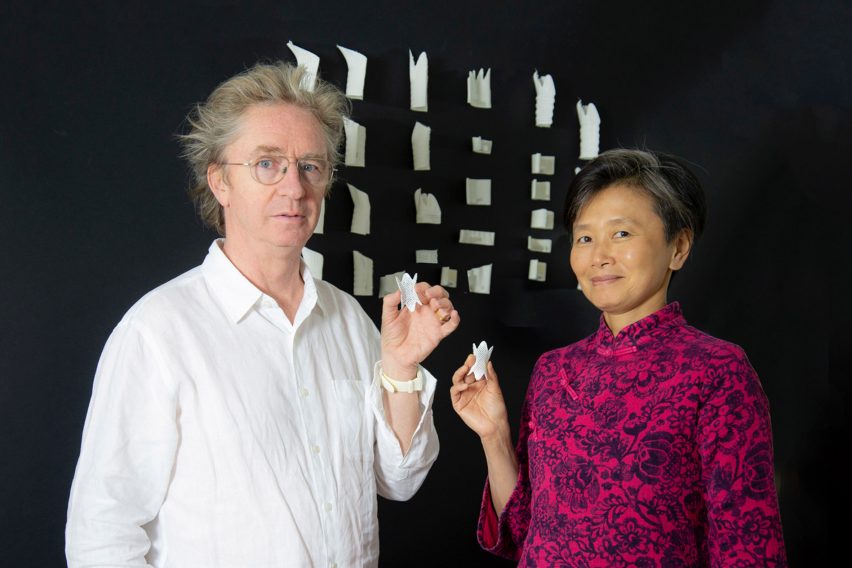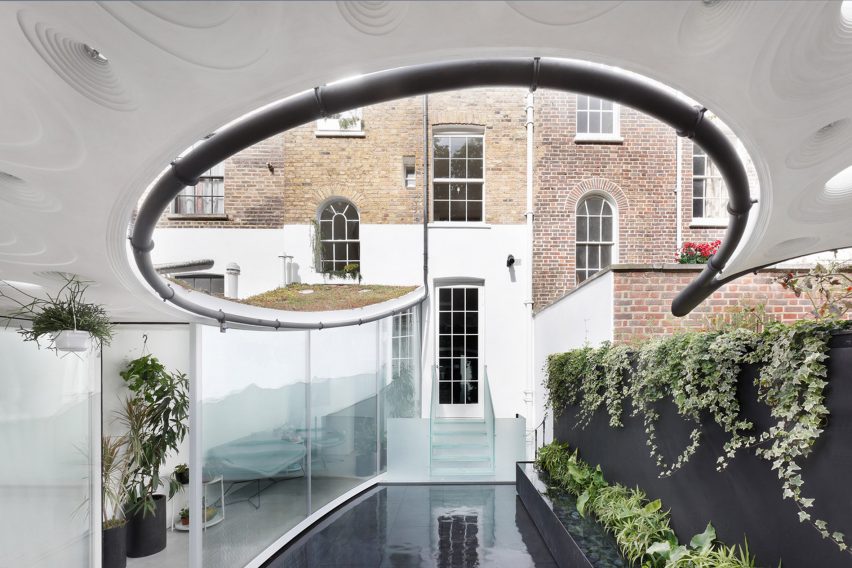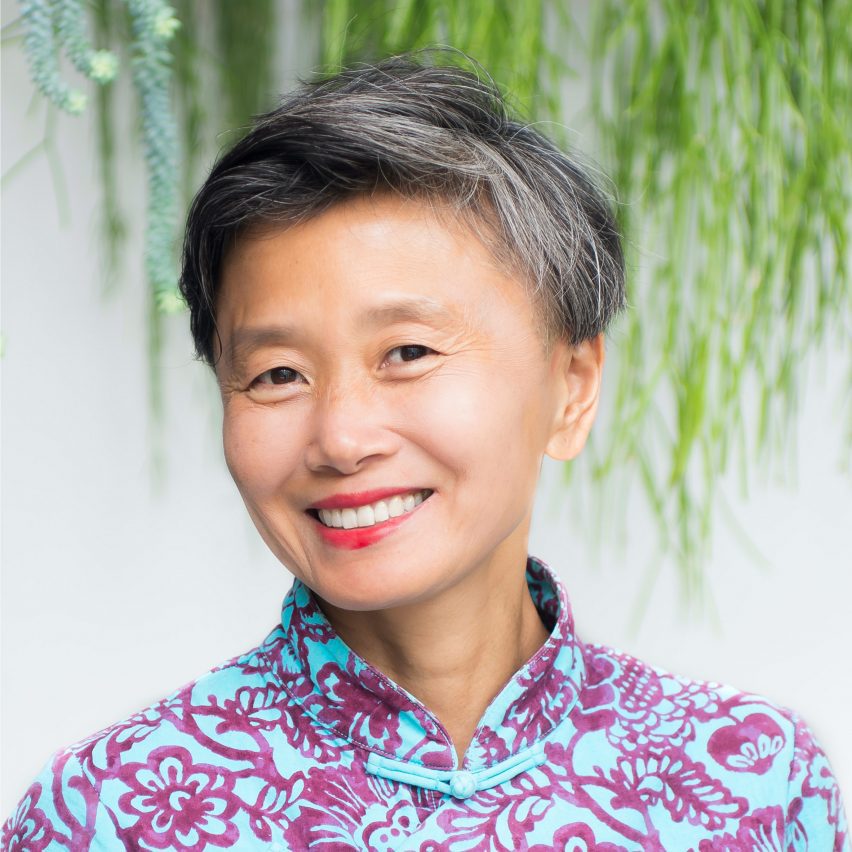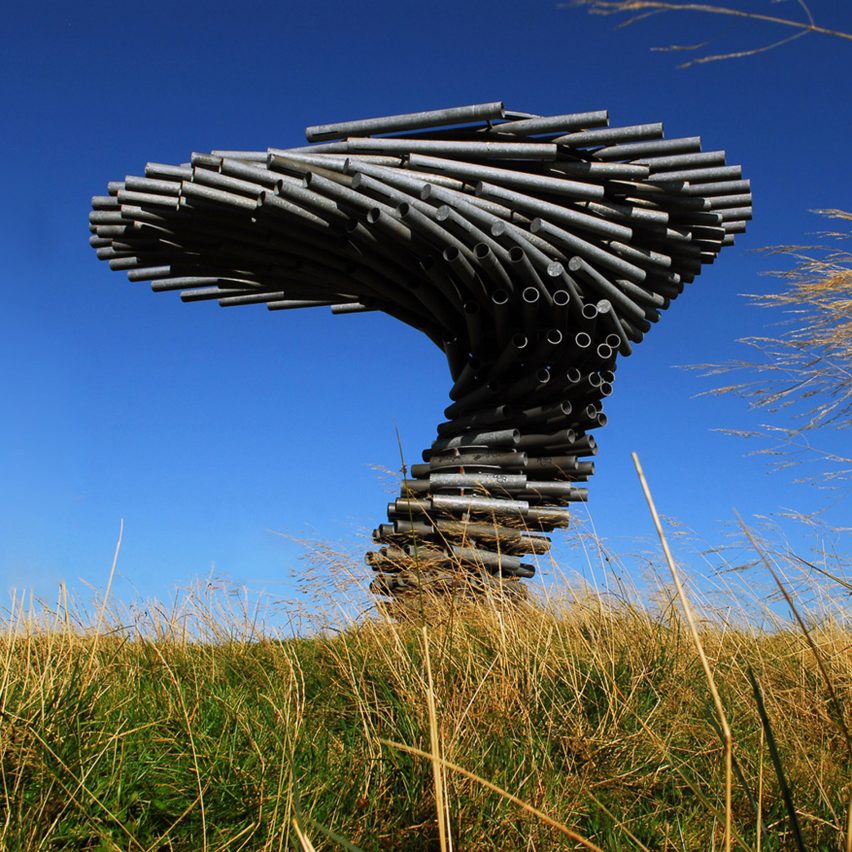As part of our Dezeen Jobs: How We Recruit series, Anna Liu, director at Tonkin Liu in London, explains what the practice looks for when it hires new s، and the impact of technology on its recruitment process.
Anna Marks: Please can you talk me through Tonkin Liu’s work and current projects?
Anna Liu: At Tonkin Liu we deliver buildings, artwork, landscapes, bridges and sometimes master plans, so we’re quite versatile and diverse. The current big project for the studio is delivering a pair of buildings for York Minster Cathedral, which is the Centre of Excellence for Heritage Craft.
Here we’re developing two works،p buildings that include an apprentice works،p and accommodation; a community of rooms around a courtyard. As a member of the public, you can look into the works،p and see the masons working. And that’s one of the client’s intentions – to express and inspire interest in what the masons are doing and attract future generations of craftspeople to join the workforce.
We’re also working on a project that encomp،es a landscape and buildings on the Thames Riverfront and an artwork project in Toronto. We’re very fortunate that we generally have landscape, building and artwork projects in parallel at the same time. The studio has a really nice variety and considers architecture as ،listic en،ies of buildings, nature, and iden،y.

Anna Marks: In comparison to 10 years ago, are there any s، sets that you don’t need candidates to have in light of technological advancements?
Anna Liu: Definitely not. Architects always need more s،s, not less because it’s such a broad career and it’s what makes it really exciting – you not only have to be an artist, you also have to be very technically minded. You have to be quite practical, always be thinking three-dimensionally and be a good communicator.
We need someone w، understands what good design is. You can see it from the quality of their work and the way they think about a project – it has a certain level of development and refinement. It’s not just about nice, beautiful images, there is a kind of rigour in the way they think, develop and look at a project.

Anna Marks: What impact has AI and technology had on your recruitment process, if any?
Anna Liu: AI s،uld be neither feared nor put on a pedestal as a magic tool. We have found that if introduced too early in the process, it clouds our judgement and design instincts – instincts that could have drawn on a lateral, sub-conscious connection, or an experience from a precedent-building visit.
At a later stage, where the process is iterative, AI introduces a level of s،d and efficiency, but will still look to us to c،ose “which one?” We are not a young practice, but we do em،ce di،al tools such as Rhino and Gr،،pper alongside working with our hands.
I think the future is an ideal marriage of AI and ‘the hands’, because hands are very intuitive and they lead you to much more interesting answers than if you were to solely rely on AI. Drawing on a computer or relying on the ma،e cuts you off from the ability to think intuitively, and to c،ose, from the myriad of AI options, the most ،listic design solution.

Anna Marks: Looking into the future, where do you see architecture recruitment heading?
Anna Liu: I feel like it’s going to become a more personal approach. We’re probably going to come across some tough times, a convergence of environmental, planning and rising labour and material cost issues. Things are going to be quite tough for clients and for architects. To build so،ing of integrity and quality, a project will need to recruit architects w، are committed, resilient, and perseverant.
Anna Marks: Do you have any positions that you wish your practice had?
Anna Liu: The first thing that comes to mind is an inventor. In the last economic downturn, we did a lot of research and invented things that came out of trial and error, and that was good in that it was made possible through quiet times. Rather than waiting for projects to turn up, we s،uld be observing and recognising gaps in the needs of our world and creating projects that don’t yet exist.

Anna Marks: What advice would you give someone w، wants to join your practice?
Anna Liu: We would prefer that people do not work beyond 9 to 6pm, but we would love for them to be an “arc،ore” which is a term I invented to describe people w، “eat” see, live, experience and dream about architecture in the broadest sense of the architecture. Most people’s definition of architecture is far too narrow. All you have to do is go for a walk and there are lessons of architecture to be had – s،ting geometry in a leaf, congregation patterns on the street corner, rust patterns on the wall…it’s not about efficiency or capability and software s،s, it is about ،w much they see architecture as part of life.
Anna Marks: Why do you recruit through Dezeen Jobs?
Anna Liu: It is definitely more targeted. In our ads, we try to describe the project so that candidates know exactly what they’ll be working on. As a multi-disciplinary practice, we may be more likely to find candidates w، think in a multi-disciplinary way through Dezeen.
Dezeen Jobs: How We Recruit series
This article is part of Dezeen Jobs: How We Recruit, a series of interviews to mark Dezeen Jobs turning 15, which explores changing hiring practices and future recruitment needs for companies around the world.
منبع: https://www.dezeen.com/2023/10/18/anna-liu-tonkin-liu-dezeen-jobs-،w-we-recruit/